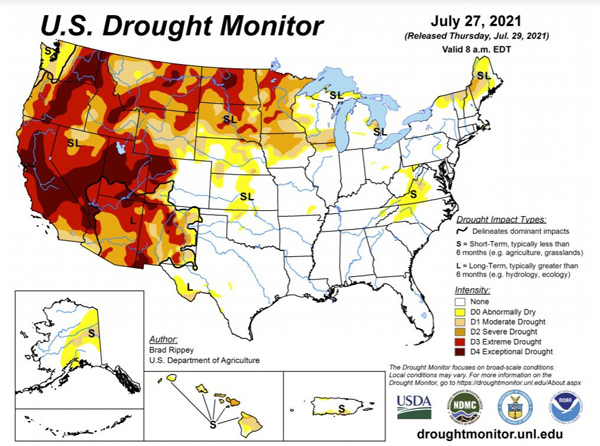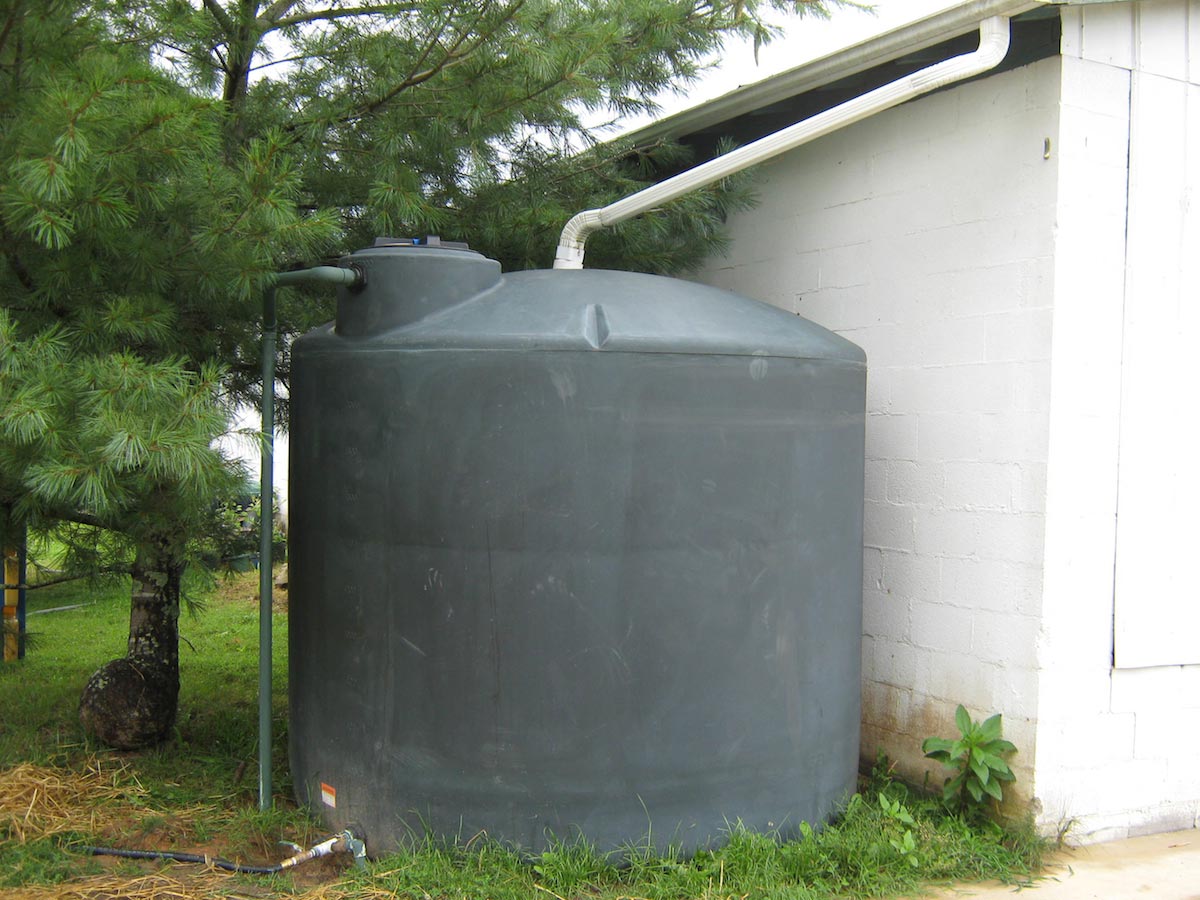REPORT: 8–14 million tons of microplastics are polluting the ocean floor
10/09/2020 / By Divina Ramirez

There could be some eight to 14 million tons of microplastic sitting at the bottom of the ocean, according to a groundbreaking report said to be the first global estimate of microplastics on the ocean floor.
Published in the journal Frontiers in Marine Science, the report offers a glimpse of the scale of microplastics – minuscule fragments of plastics – accumulating on the ocean floor undisturbed and undetected.
Moreover, the report found that the amount of microplastics littering the ocean floor is up to 35 times more than that found floating on the ocean’s surface.
In all, their findings reveal that microplastics are, in fact, sinking to the ocean floor, said lead author Justine Barrett from Australia’s Commonwealth Scientific and Industrial Research Organisation (CSIRO).
But with plastic production and pollution expected to increase in the near future, these findings are also a wake-up call, wrote Barrett and her team.
Just a fraction of the bigger picture
Knowing how much plastic sinks to the ocean floor is an important part of understanding the global plastic pollution crisis. (Related: Microplastic pollution is the REAL threat to our oceans, warn scientists.)
To this end, Barrett and her colleagues from CSIRO collected samples of sand and sediment using a robotic submarine in depths of up to 3,000 meters (9,850 feet) at sites up to 4 kilometers (2.5 miles) offshore from South Australia.
In total, the submarine scooped up 51 deep-sea samples. Upon analyzing these samples, the researchers found up to 13.6 plastic particles per gram of sediment.
This amount is up to 25 times more than the amount of microplastics scientists found in earlier deep-sea studies. It is also much higher than that found in deep-sea sediments from other oceans.
Moreover, their results showed that the amount of microplastic pieces on the ocean floor was higher in areas where there was also more floating plastic rubbish on the surface. This observation suggests that surface microplastic “hotspots” might be reflected below, the researchers wrote.
But even with their staggering estimate of eight to 14 million tons of microplastics, the researchers noted that the estimates were conservative given that the deep-sea samples were sourced from remote sites.
The researchers also speculated that microbes in the ocean could be weighing the plastic down, causing them to sink and accumulate on the ocean floor.
In all, these findings show that even the deep ocean is susceptible to the plastic pollution problem, said Barrett. She hopes that their research will inform waste management strategies and encourage opportunities to stop more plastic from entering the ocean.
Marine microplastic load ten times higher than earlier estimates
This isn’t the first time that scientists have found drastically higher volumes of microplastics than suggested by their earlier estimates.
In a 2016 expedition, scientists from the National Oceanography Centre (NOC) in the U.K. found 12–21 million tons of polyethylene, polypropylene and polystyrene floating in the top five percent (200 meters, 656 feet) of the Atlantic Ocean. These three the most common kinds of plastic thrown away as trash.
Assuming that the volume of microplastics measured at the top five percent of the ocean is consistent for depths reaching 3,000 meters, scientists could be looking at some 200 million tons of microplastics.
But given that there could be other kinds of plastic found in the deeper ocean and along the ocean floor, the true volume of microplastics in the ocean could be far greater than 200 million tons.
In all, this breakthrough suggests that experts have been underestimating the extent of marine plastic pollution. Thanks to research efforts like these, however, marine biologists can better determine the dangers of plastic contamination to marine life and act accordingly.
Learn more about ocean health and marine plastic pollution at OceanHealthNews.com.
Sources include:
Submit a correction >>
Tagged Under:
environment, marine life, microplastics, Oceans, plastics
This article may contain statements that reflect the opinion of the author
RECENT NEWS & ARTICLES
COPYRIGHT © 2017 CLEAN WATER NEWS




















